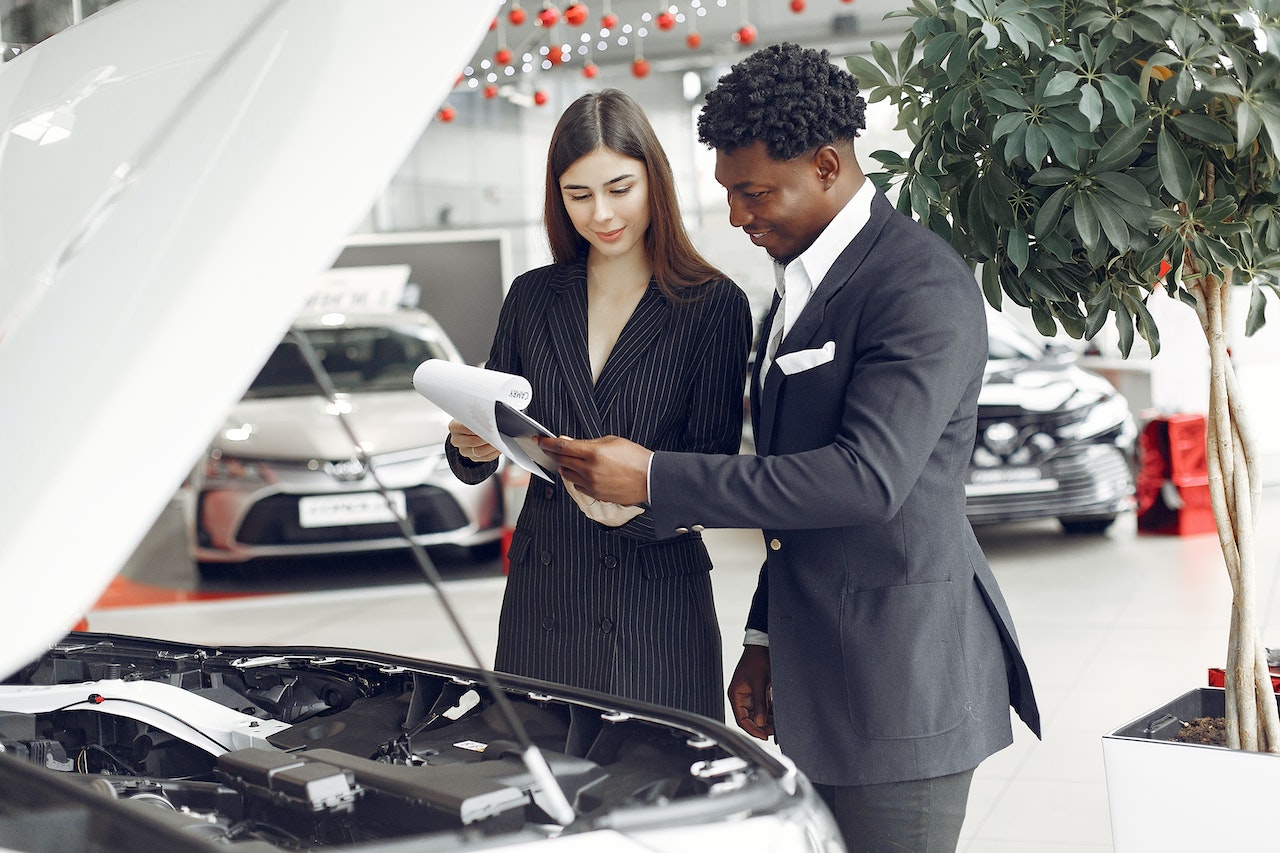Introduction
When you’re driving and you notice that the engine temperature warning light is on, your car might have a bad intercooler. That’s because the intercooler like these Ford Ranger intercoolers is what keeps the air that enters the engine cool enough for it to operate properly. If this component isn’t working well or if it’s damaged, then your vehicle could overheat and even seize up during operation. Fortunately, several signs indicate when an intercooler is causing issues with your car’s performance—and knowing what these symptoms look like can help you decide whether or not it’s time to have your car repaired by a professional mechanic:
The engine temperature warning light comes on
If the engine temperature warning light comes on, it means that the vehicle is overheating. The light is usually red and located in the instrument cluster. If you see this warning, pull over immediately and turn off your car. This can be dangerous if not treated quickly, so it’s best to let a professional look at it instead of trying to fix it yourself.
The vehicle can’t accelerate any faster at high speeds
One of the most common symptoms of a bad car intercooler is that the vehicle can’t accelerate any faster at high speeds. This can be a problem for both fuel efficiency and performance, as the engine needs to be cooled down for it to run properly. The intercooler is responsible for this cooling process; if it isn’t working properly, your vehicle may not be able to accelerate at high speeds or may even stall if you try accelerating too quickly while driving on an incline.
There is smoke coming from under the hood
Smoke from the engine compartment is a common symptom of a bad intercooler. Many people believe this to be the only sign, and if there’s smoke, replace the intercooler. But smoke does not always indicate a failing air-to-air or air-to-water intercooler; it can also be an indication of other problems with your vehicle. Smoke coming from under the hood may have been caused by something as simple as an exhaust leak. Check all exhaust hoses for cracks and leaks, including those between manifolds and cats and between turbochargers and downpipes/catalytic converters (if fitted). If you find any leaks in these areas, you’ll need to take action immediately before they become worse or cause more serious damage.
If all else fails and you still suspect that it’s an intercooler problem despite having ruled out everything else above.
There is a loss of power when driving
If you experience a loss of power when driving, it could be caused by a faulty intercooler. A faulty intercooler can also cause your car to overheat and stall out.
If you suspect that your intercooler is broken, check for the following symptoms:
- Your engine is overheating
- You notice that your fuel economy has decreased significantly since installing the intercooler
Other possible causes for a loss of power include a faulty turbocharger; bad spark plugs or wires; or an improperly cleaned air filter
These are all signs that your intercooler needs to be repaired.
Other symptoms that indicate a bad intercooler include:
- A decrease in the car’s fuel economy
- Unusual noises from the engine compartment or cabin
- Lack of power when accelerating from a stop or going up hills
Conclusion
If any of these symptoms sound familiar, it’s time to take your car in for a checkup. You don’t want to wait until the damage is too big to fix, because then fixing it could be very expensive.










